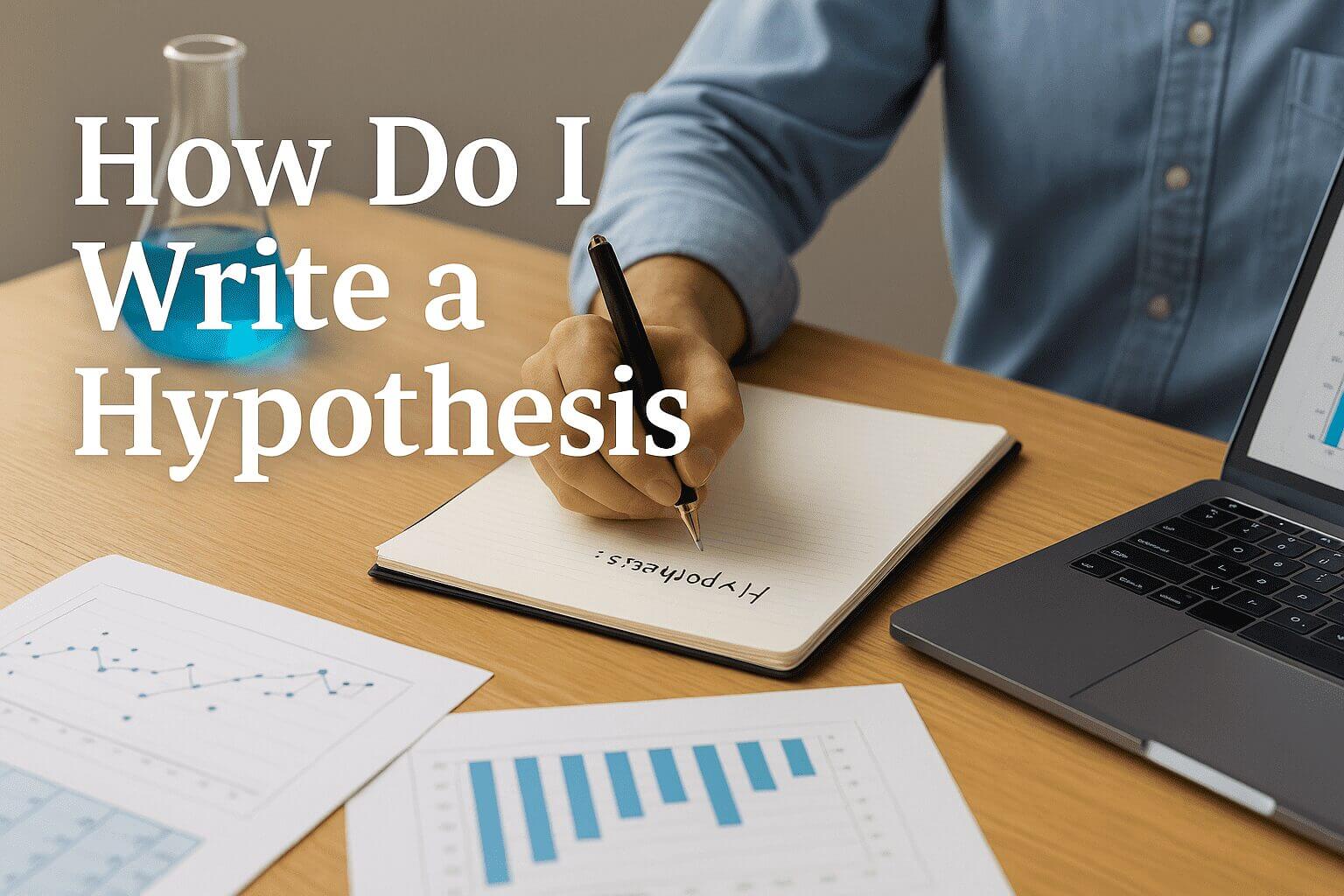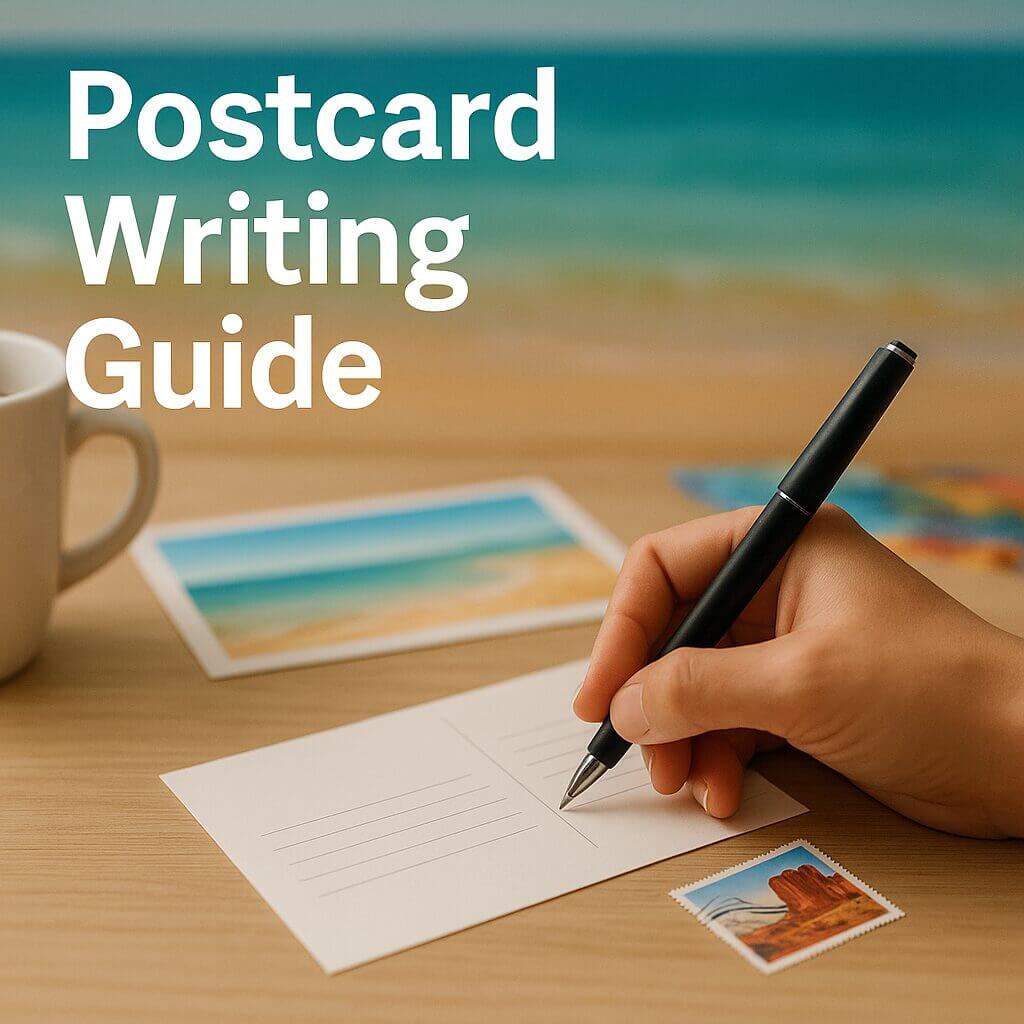Writing a strong hypothesis is the foundation of any successful research project. Whether you’re a student, scientist, or SEO specialist, knowing how to craft a clear, testable hypothesis will help you get reliable results and make informed decisions. This guide covers everything you need to know about writing a hypothesis, from the basics to advanced tips, with practical examples, step-by-step instructions, and answers to common questions.
What Is a Hypothesis? Understanding the Basics
Definition and Purpose of a Hypothesis
- A hypothesis is a clear, testable statement predicting the relationship between two or more variables.
- It provides a tentative answer to a research question, guiding the direction of your study.
- Hypotheses are essential for scientific research, experiments, and data-driven projects.
Key Characteristics of a Good Hypothesis
- Testable: Can be examined through experiments or observations.
- Specific: Clearly defines variables and expected outcomes.
- Relevant: Directly addresses the research question or problem.
- Consistent: Aligns with existing theories and knowledge.
- Measurable: Allows for data collection and analysis.
Types of Variables in Hypotheses
- Independent Variable: The factor you change or control.
- Dependent Variable: The outcome you measure.
- Control Variables: Factors kept constant to ensure valid results.
Step-by-Step Process: How to Write a Hypothesis
1. Start with a Focused Research Question
- Identify a specific, researchable problem or gap in knowledge.
- Use frameworks like PICOT (Population, Intervention, Comparison, Outcome, Time) to clarify your question.
2. Conduct Preliminary Research
- Review existing literature, theories, and previous studies.
- Gather both qualitative and quantitative data to inform your assumptions.
3. Identify and Define Your Variables
- Clearly specify the independent and dependent variables.
- Use operational definitions to describe how each variable will be measured.
4. Formulate the Hypothesis Statement
- Use an “If…then…” structure or a direct prediction.
- Example: “If students sleep at least eight hours per night, then their test scores will improve.”
5. Refine for Clarity and Precision
- Avoid vague language and ensure each term is well-defined.
- Make sure the hypothesis is concise and free of ambiguity.
6. Write the Null Hypothesis
- The null hypothesis (H0) states there is no relationship or difference between variables.
- Example: “There is no significant difference in test scores between students who sleep eight hours and those who do not.”
Types of Hypotheses: Choosing the Right Format
Simple vs. Complex Hypotheses
- Simple Hypothesis: Predicts a relationship between a single independent and dependent variable.
- Example: “Consuming caffeine increases alertness.”
- Complex Hypothesis: Involves multiple variables.
- Example: “Consuming caffeine and sugar increases alertness and energy levels.”
Directional vs. Non-Directional Hypotheses
- Directional Hypothesis: Predicts the direction of the relationship.
- Example: “Increasing study time leads to higher exam scores.”
- Non-Directional Hypothesis: States a relationship exists but doesn’t specify the direction.
- Example: “There is a relationship between study time and exam scores.”
Null and Alternative Hypotheses
- Null Hypothesis (H0): Assumes no effect or relationship.
- Alternative Hypothesis (H1): Predicts an effect or relationship exists.
Best Practices for Writing Effective Hypotheses
Use Data and Research
- Base your hypothesis on existing data, trends, and research findings.
- Utilize SEO tools, statistical analysis, and competitor research for data-driven topics.
Collaborate and Seek Feedback
- Work with subject matter experts or peers to refine your hypothesis.
- Consider multiple perspectives to strengthen your statement.
Avoid Common Mistakes
- Don’t make circular statements (restating the question as the hypothesis).
- Avoid overgeneralizations and assumptions without evidence.
- Ensure your hypothesis is falsifiable-able to be proven wrong through testing.
Example Hypotheses in Different Fields
- Science: “Exposure to sunlight increases vitamin D levels in adults.”
- Social Science: “Implementing flexible work hours improves employee productivity.”
- SEO: “Adding structured data markup to product pages increases organic click-through rates.”
Testing and Validating Your Hypothesis
Designing the Experiment or Study
- Establish control and experimental groups.
- Use blinding and randomization to reduce bias.
- Determine the necessary sample size with power analysis.
Choosing the Right Statistical Test
- Use parametric tests (like t-tests or ANOVA) for normally distributed data.
- Use non-parametric tests (like Mann-Whitney U) for non-normal data.
Analyzing and Interpreting Results
- Calculate effect sizes and confidence intervals.
- Compare results to the null hypothesis to determine significance.
Advanced Hypothesis Writing Techniques
Counterfactual Hypotheses
- Explore “what if” scenarios to predict outcomes under different conditions.
- Example: “If a new marketing strategy had been implemented, sales would have increased by 15%.”
Multi-Level Hypotheses
- Stack primary and secondary hypotheses to explore complex relationships.
- Example: Primary: “Dietary changes reduce cholesterol.” Secondary: “Reduced cholesterol lowers heart disease risk.”
Using Predictive Modeling
- Apply machine learning or statistical models to test and refine hypotheses.
- Integrate causal inference methods for deeper analysis.
Frequently Asked Questions (FAQs) About Writing Hypotheses
What makes a hypothesis testable?
A hypothesis is testable if you can design an experiment or collect data to support or refute it. It must be specific, measurable, and based on observable variables.
How specific should my variables be?
Variables should be defined with clear, measurable criteria. For example, define “improved health” as “a 10% reduction in blood pressure.”
Can I change my hypothesis during research?
If you discover new information, you can revise your hypothesis. However, document any changes and avoid forming hypotheses after seeing the results (to prevent bias).
What is the difference between a hypothesis and a theory?
A hypothesis is a specific, testable prediction. A theory is a broader explanation based on multiple tested hypotheses and evidence.
Do I always need a null hypothesis?
If your research involves statistical testing, you should include a null hypothesis to compare against your alternative hypothesis.
Conclusion: Start Writing Strong Hypotheses Today
Writing a clear, testable hypothesis is the first step to successful research and data-driven decisions. By following the steps and best practices in this guide, you’ll be able to craft hypotheses that are specific, relevant, and grounded in evidence. Whether you’re conducting scientific experiments, running SEO tests, or analyzing business strategies, a well-written hypothesis will help you focus your efforts and achieve meaningful results.
Ready to put these tips into action? Start drafting your hypothesis now, and use the checklist above to ensure it’s clear, testable, and effective. For more research tips and resources, explore our recommended links below.





